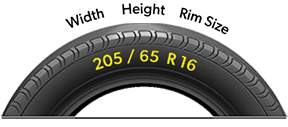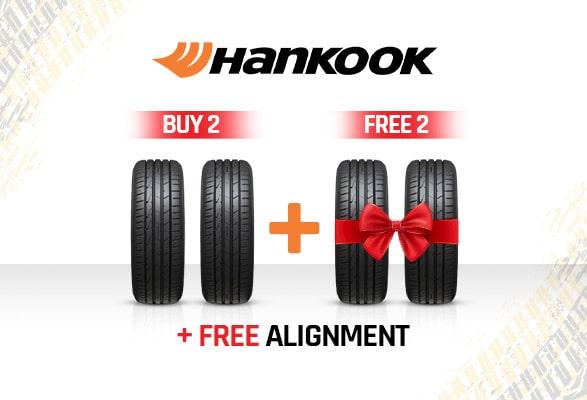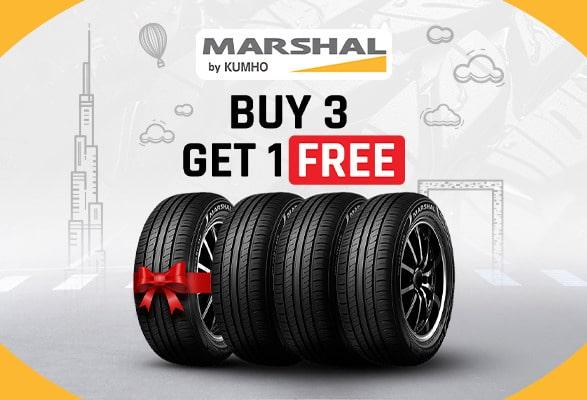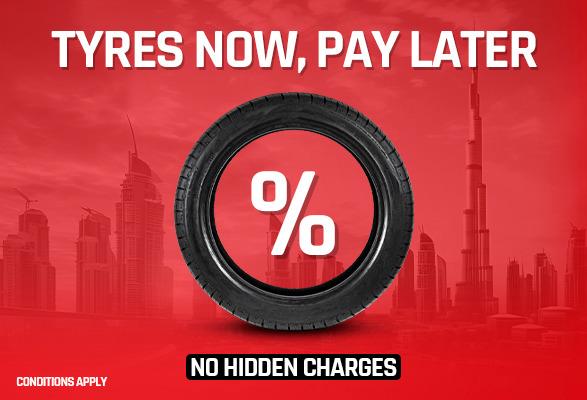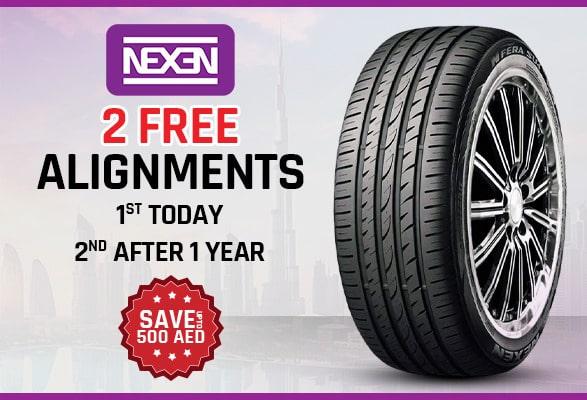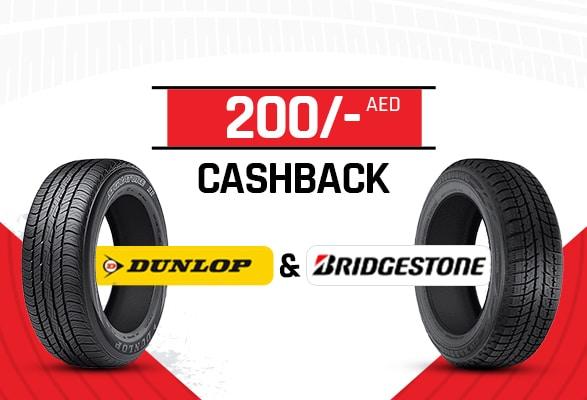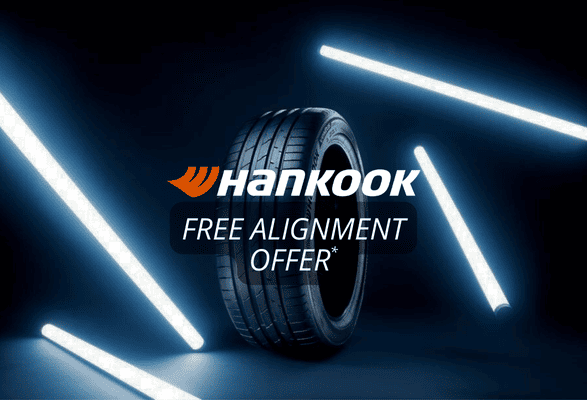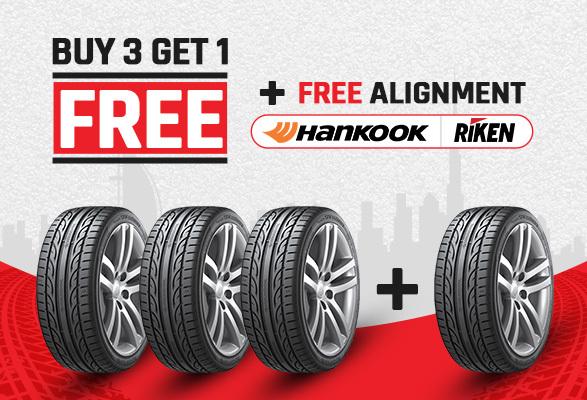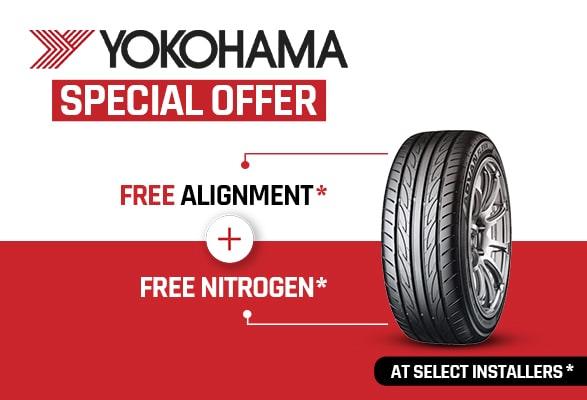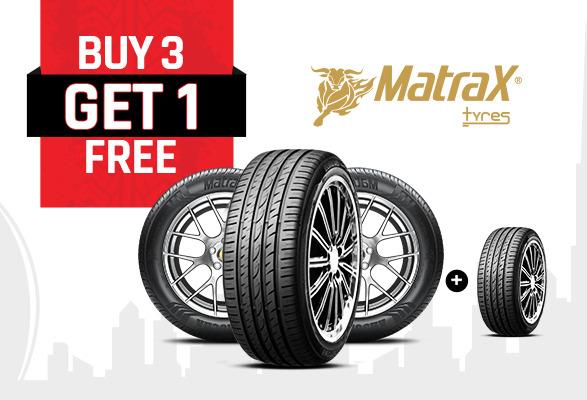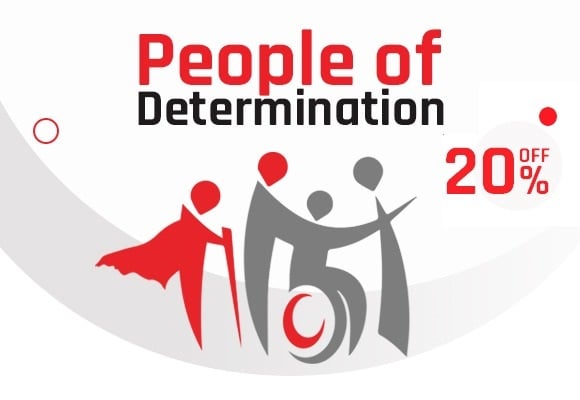Tire Safety Check - A Guide for Major Tires Problems
Driving safely involves more than just honing your skills, it requires attention to detail, practice, and a commitment to maintaining essential components like your car tyres.
In this comprehensive guide, PitStopArabia presents a tyre safety guide to empower you with the knowledge and tools necessary for proper tire safety and care. This tyre safety checklist includes,
- Tyre Visual Inspection
- Tyre Air Pressure Check
- Regular Tyre Rotation
- Wheel and Tyre Alignment
Tyre Visual Inspection

Your tires are the sole point of contact between your vehicle and the road, influencing performance, fuel efficiency, and overall safety. Regular visual inspections are imperative, involving a careful examination of the sidewalls for signs of damage – bumps, cracks, cuts, bulges, or exposed wires.
If any of these issues are detected, immediate attention from a mechanic or tyre shop is crucial to prevent potential tire failure or blowouts.
Furthermore, a thorough inspection of the tread is essential. Utilize the Dirham coin test, inserting the coin into the tread groove. If the Arab teapot on the coin is visible, the tread depth is below the legal limit. In such cases, prompt tire replacement is necessary to avoid hazards associated with skidding, hydroplaning, and compromised braking.
Additionally, consider the age of your tires. Locate the 'DOT' letters on the sidewall, followed by a four-digit code indicating the week and year of manufacture. Tires typically have a lifespan of six years, irrespective of usage. Old tyres can lose elasticity, and strength, and become susceptible to cracking and bursting.
Tyre Air Pressure Check

Tyre air pressure is a critical factor influencing handling, fuel efficiency, and tire lifespan. Changes in temperature, driving conditions, and load impact tire pressure. Regular checks using a tire pressure gauge are of great importance.
Follow these steps:
- Find the recommended tire pressure for your car, usually located on the driver’s door, fuel cap, or owner’s manual.
- Ensure tires are cold, having not been driven for at least three hours or over 1.6 km.
- Remove the valve cap, attach the gauge, and compare the reading with the recommended pressure.
- Adjust pressure using an air pump or valve tool, repeating the process for all four tires, including the spare.
Regular tire pressure maintenance, ideally monthly or before long trips, enhances performance, saves fuel, and extends tire life.
Regular Tyre Rotation
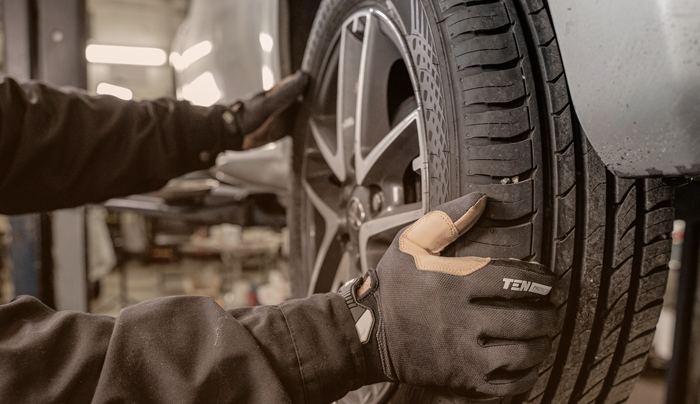
Uneven wear on tires is inevitable due to factors like driving conditions, alignment, and weight distribution. Tire rotation, the process of shifting tires to different positions on the vehicle, is crucial for ensuring even wear and extending tire lifespan.
Perform tyre rotation every 8,000 to 12,000 km or every six months. Use a jack, lug wrench, and torque wrench for the procedure, adhering to recommended rotation patterns. This practice not only optimizes tire longevity but also enhances handling, stability, and traction.
Wheel and Tyre Alignment

Tire alignment, the angle and direction of your tires concerning the car and road, significantly influences steering, handling, and stability. Various factors, including driving habits, road conditions, and collisions, can affect tire alignment.
Unlike the previous steps, tire alignment is a professional service requiring specialized equipment. Regular checks every 20,000 to 25,000 km or annually are recommended. Symptoms of misalignment include uneven tire wear, pulling or drifting, steering wheel vibration, reduced fuel efficiency, and compromised handling.
Conclusion
Tire safety is integral to your driving experience, impacting performance, safety, and comfort. By adhering to PitStopArabia's tire safety checklist, you ensure your safety and save money, fuel, and time. And if you need any help or advice, PitStopArabia is always here for you.
FAQs
How often should I check my tires?
Monthly or before long trips, and when weather or loads change significantly.
How do I know if my tires are damaged or worn out?
Visually inspect for any signs of damage or wear, including using the Dirham coin test.
How do I know if my tires are overinflated or underinflated?
Use a tire pressure gauge and compare readings with the recommended pressure.
How do I know if my tires are out of alignment?
Look for symptoms of misalignment and consult a professional if issues arise.
How often should I rotate, align, and replace my tires?
Rotate every 8,000 to 12,000 km, align every 20,000 to 25,000 km, and replace every six years or when damaged, worn out, or old.



